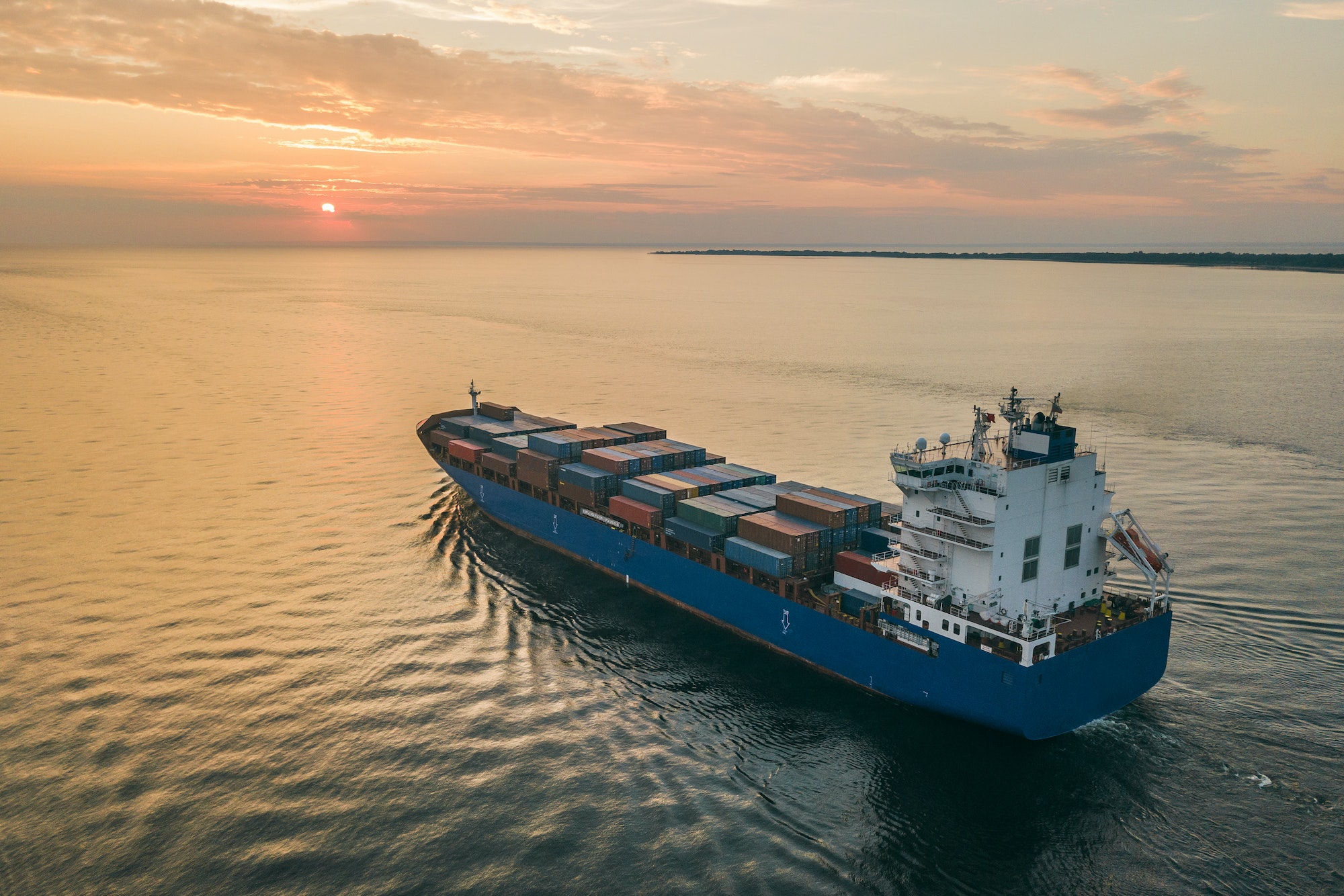Hét adviespunt voor multimodaal vervoer
Neem contact op met een expert
Menu

Multimodaal.Vlaanderen
Een afdeling van VIL vzw
We hebben niet gevonden wat je zoekt. Keer hieronder terug naar de homepagina.


Multimodaal.Vlaanderen
Een afdeling van VIL vzw